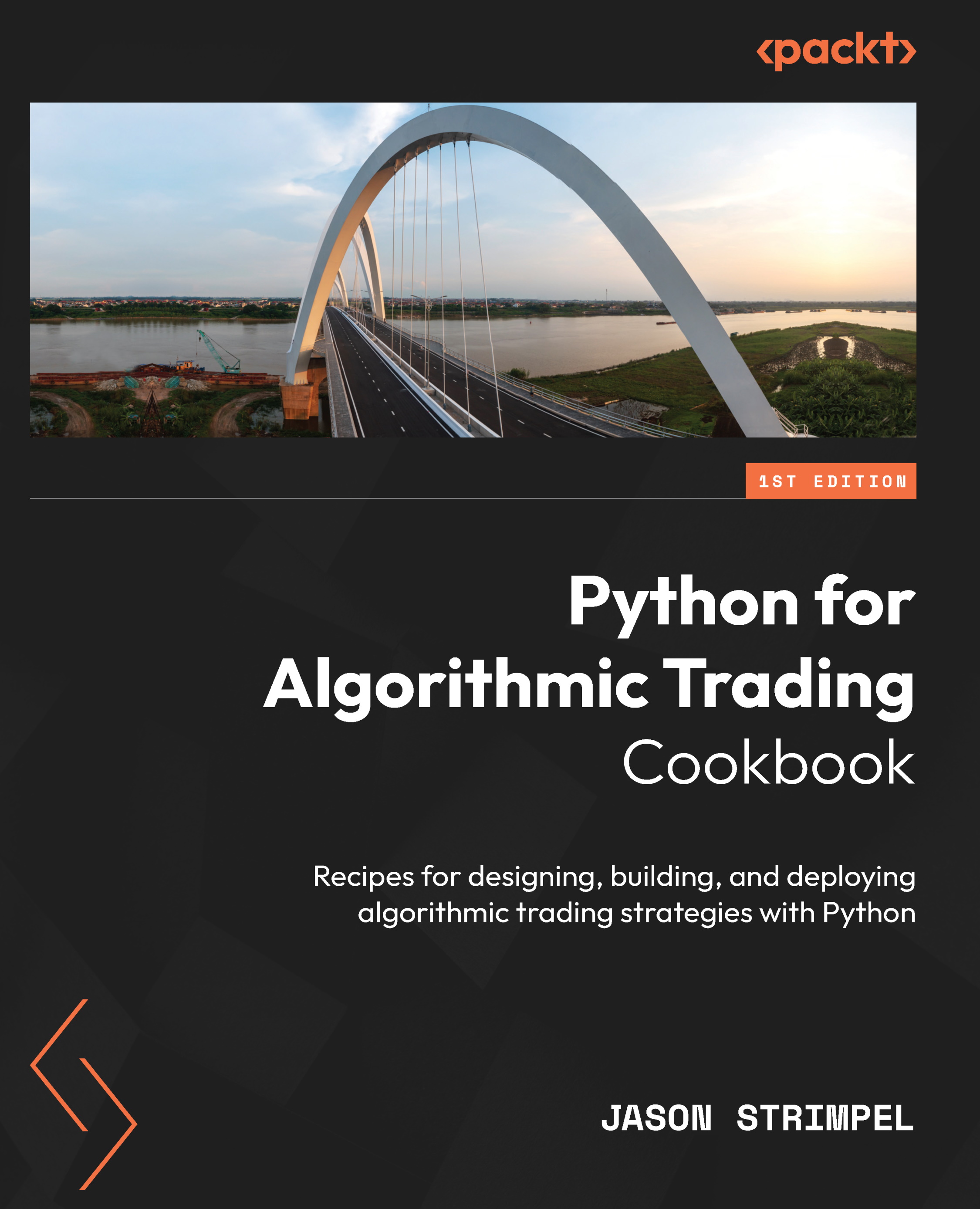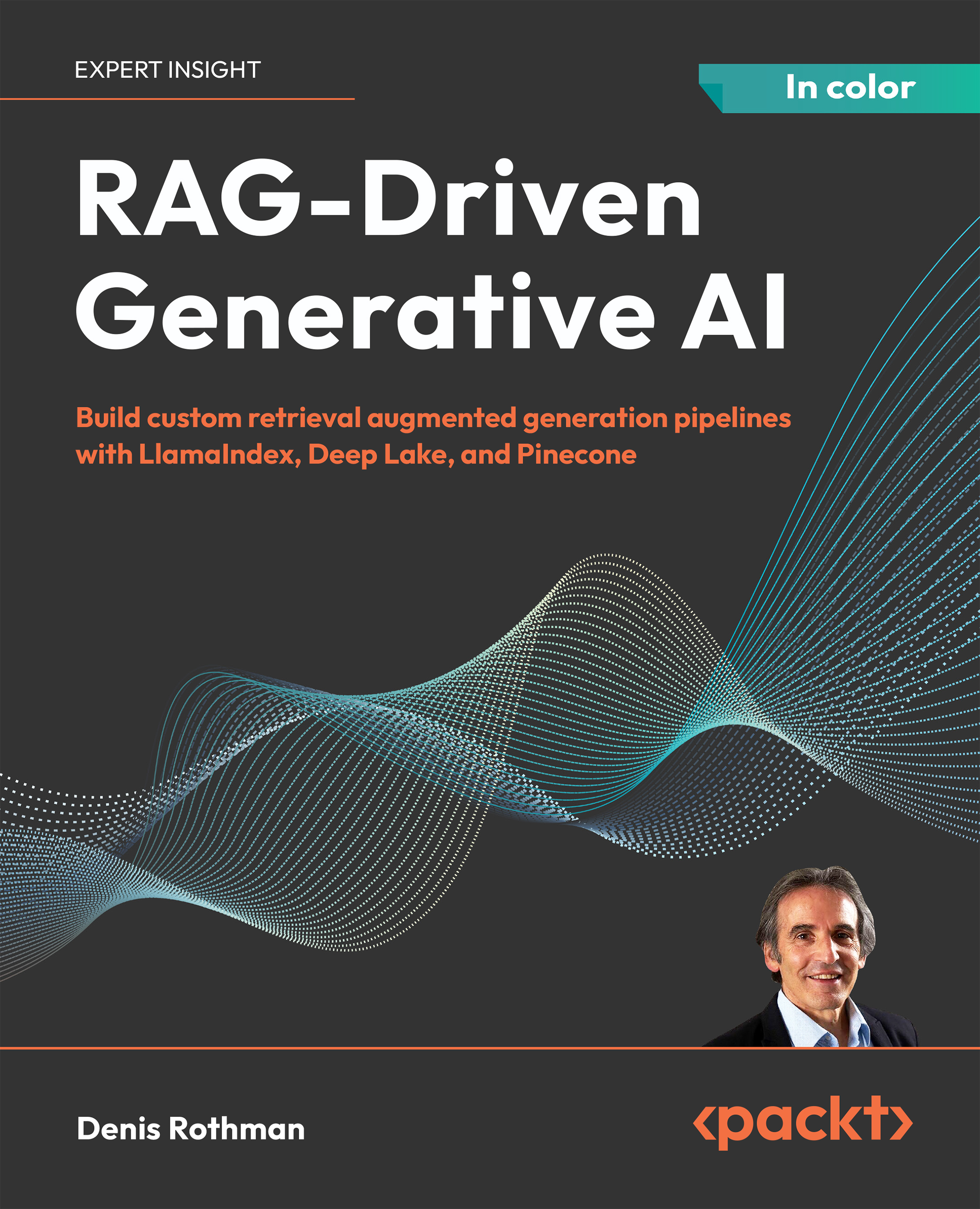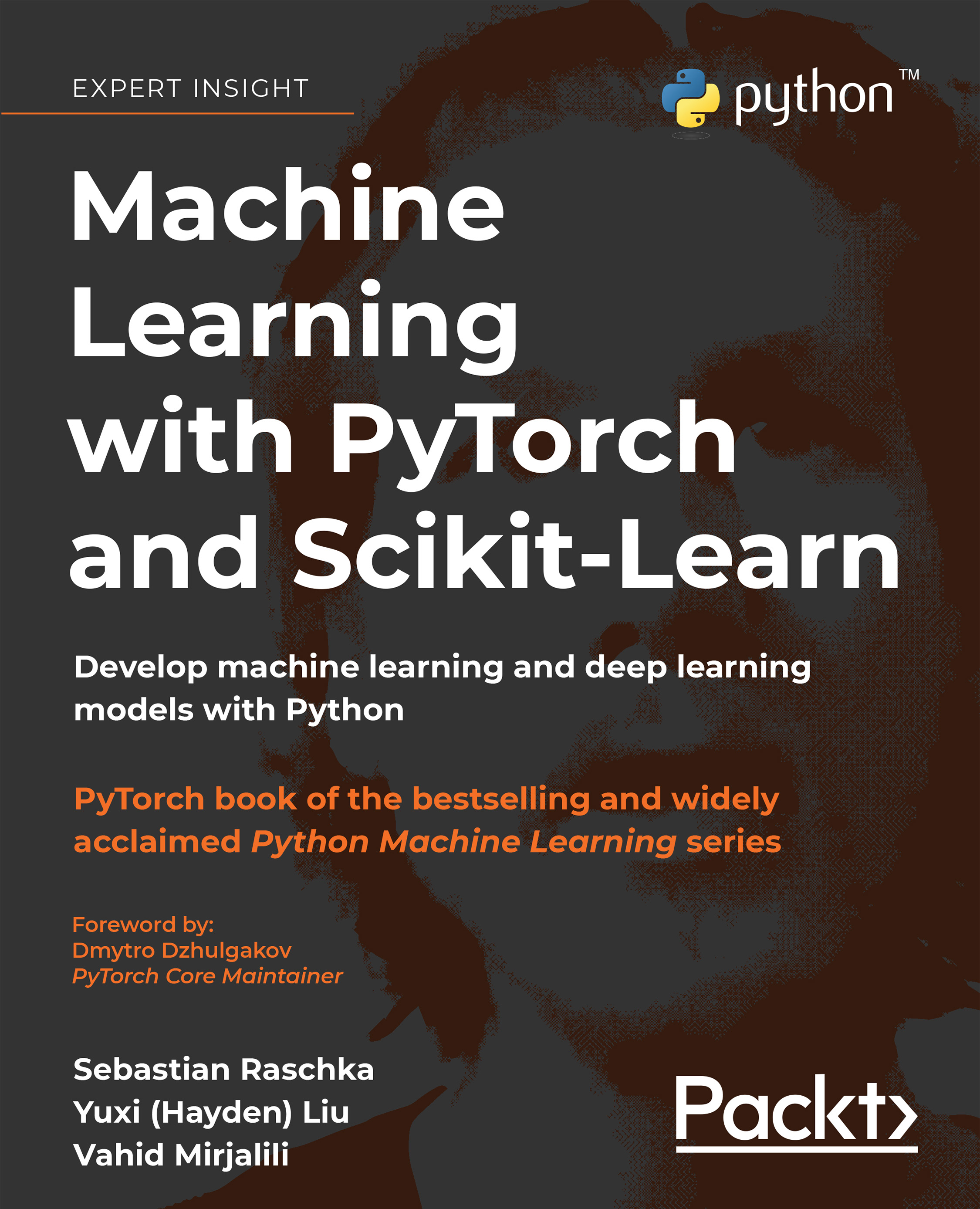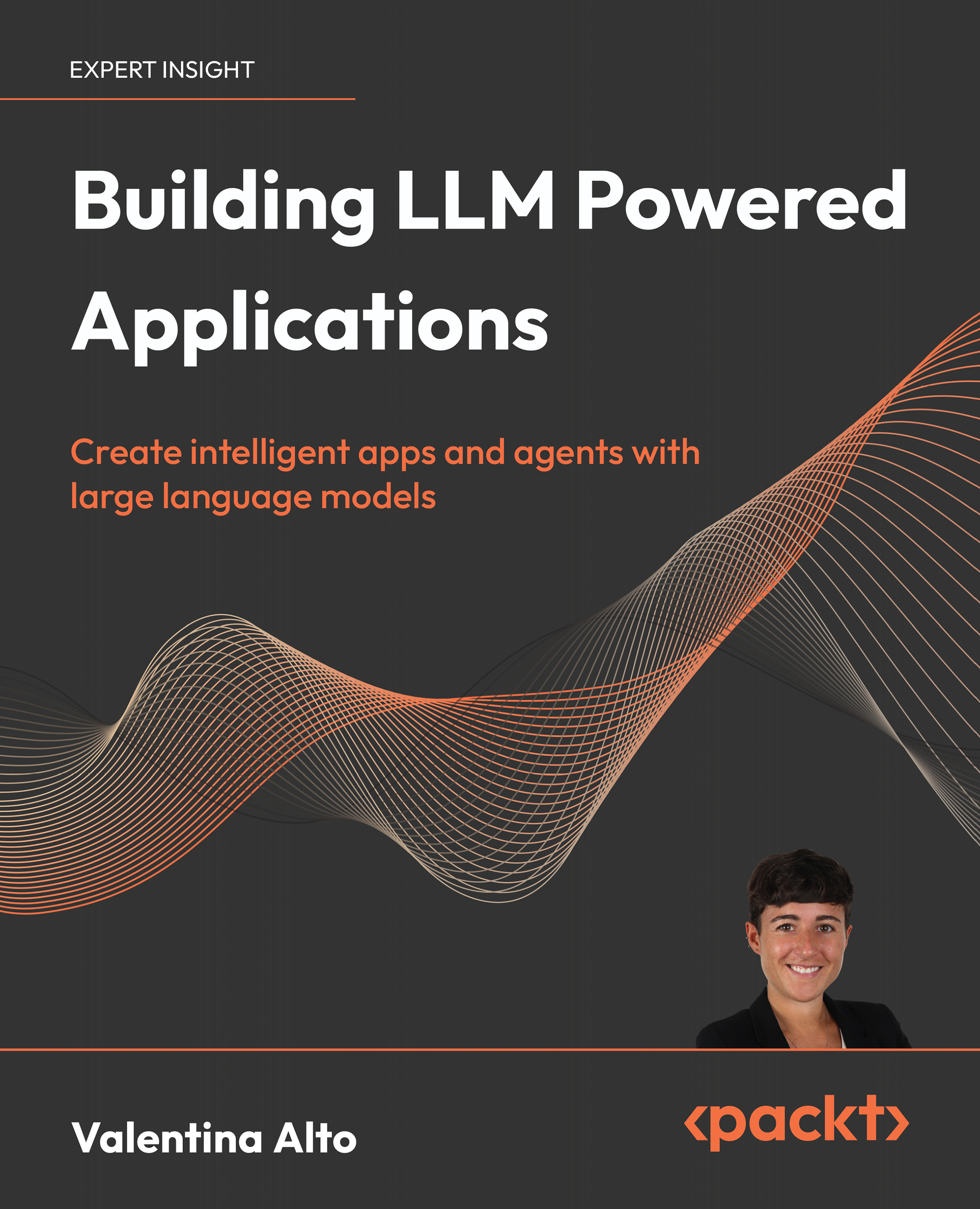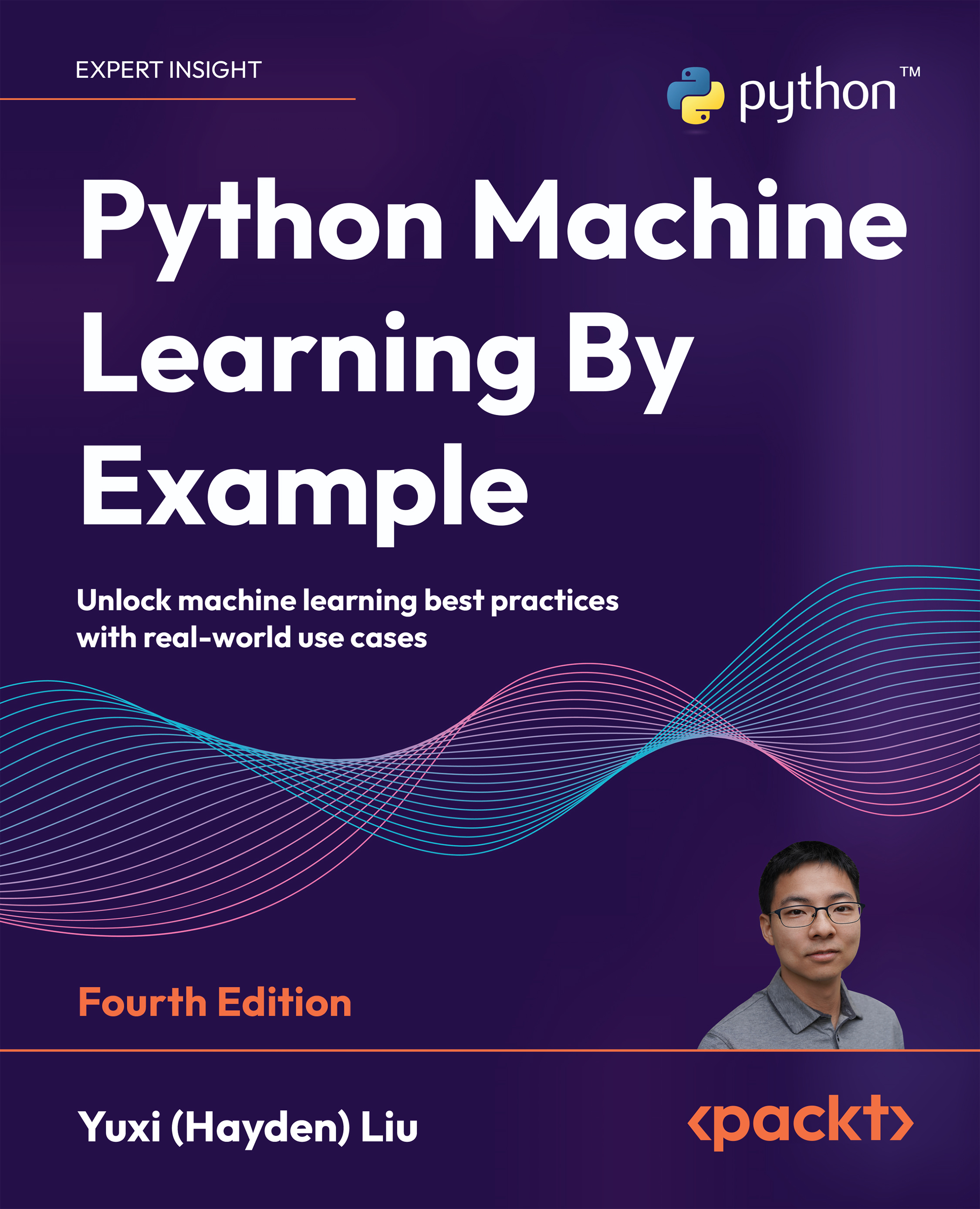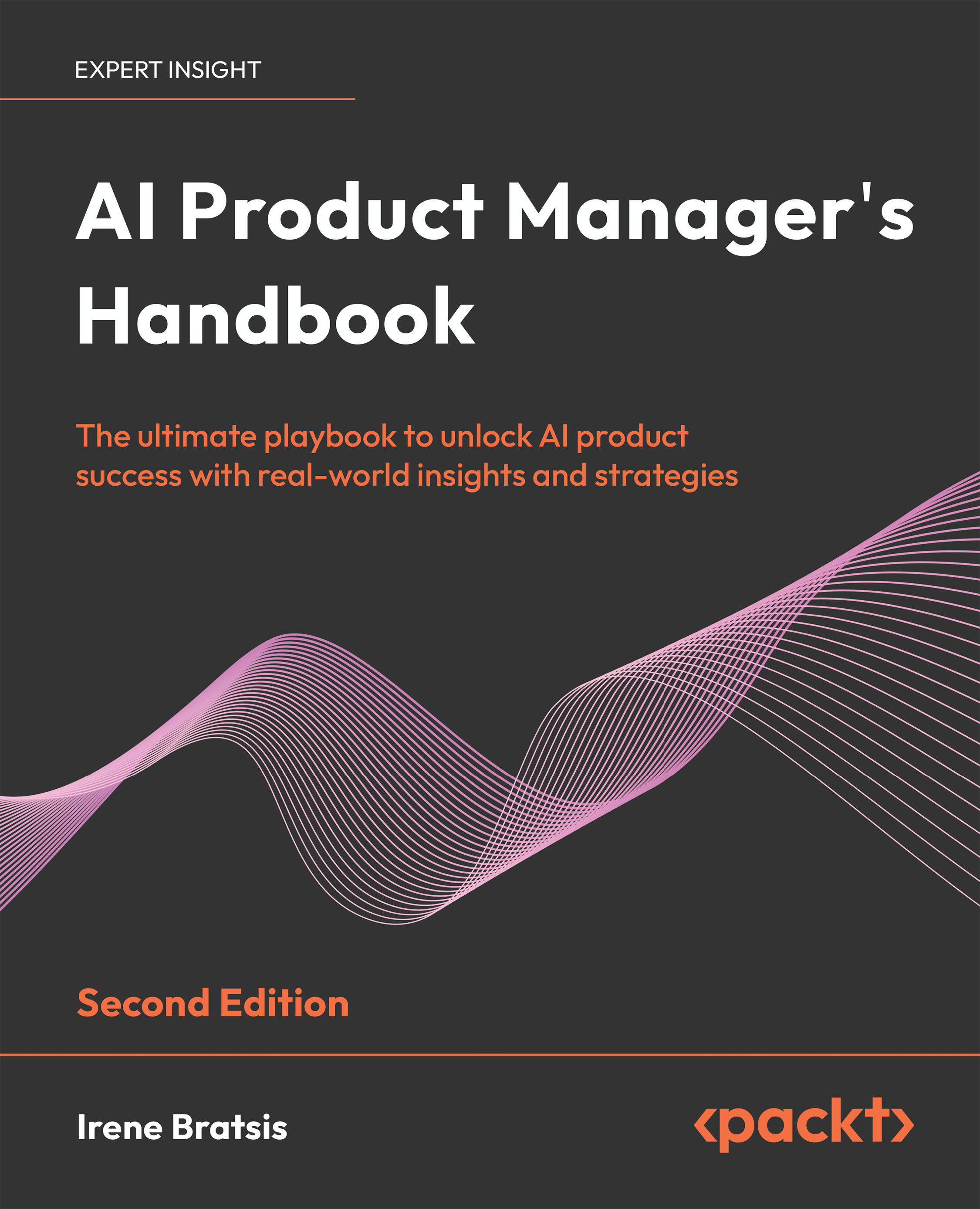Henry Habib advises F500 companies on analytics and operations, with a particular focus on building intelligent AI-driven solutions, tools, and agents to create impact and improve productivity. He teaches online courses on how to build AI agents and automations for work, as well as other Gen AI topics, amassing a network of more than 400K students. He also facilitates technical programs at businesses and governmental organizations. A proponent of the no-code and Gen AI revolution, he believes that anyone can now create powerful and intelligent applications to automate their work without any deep technical skills. He also runs The Intelligent Worker, a platform for teaching working professionals how to be more productive with Gen AI, no-code, automation, and other technologies, with courses and a free newsletter. He is also a speaker on Gen AI to many large F500 organizations. As an instructor, Henry is passionate about teaching students how to succeed on any topic related to Gen AI, automation, no-code, data, and productivity. He does this by creating courses with engaging and helpful content and always being around to answer any questions. Henry resides in Toronto, Canada, with his wife, and enjoys building random AI apps and playing tennis in his free time.
Read more
 United States
United States
 Great Britain
Great Britain
 India
India
 Germany
Germany
 France
France
 Canada
Canada
 Russia
Russia
 Spain
Spain
 Brazil
Brazil
 Australia
Australia
 Singapore
Singapore
 Canary Islands
Canary Islands
 Hungary
Hungary
 Ukraine
Ukraine
 Luxembourg
Luxembourg
 Estonia
Estonia
 Lithuania
Lithuania
 South Korea
South Korea
 Turkey
Turkey
 Switzerland
Switzerland
 Colombia
Colombia
 Taiwan
Taiwan
 Chile
Chile
 Norway
Norway
 Ecuador
Ecuador
 Indonesia
Indonesia
 New Zealand
New Zealand
 Cyprus
Cyprus
 Denmark
Denmark
 Finland
Finland
 Poland
Poland
 Malta
Malta
 Czechia
Czechia
 Austria
Austria
 Sweden
Sweden
 Italy
Italy
 Egypt
Egypt
 Belgium
Belgium
 Portugal
Portugal
 Slovenia
Slovenia
 Ireland
Ireland
 Romania
Romania
 Greece
Greece
 Argentina
Argentina
 Netherlands
Netherlands
 Bulgaria
Bulgaria
 Latvia
Latvia
 South Africa
South Africa
 Malaysia
Malaysia
 Japan
Japan
 Slovakia
Slovakia
 Philippines
Philippines
 Mexico
Mexico
 Thailand
Thailand





